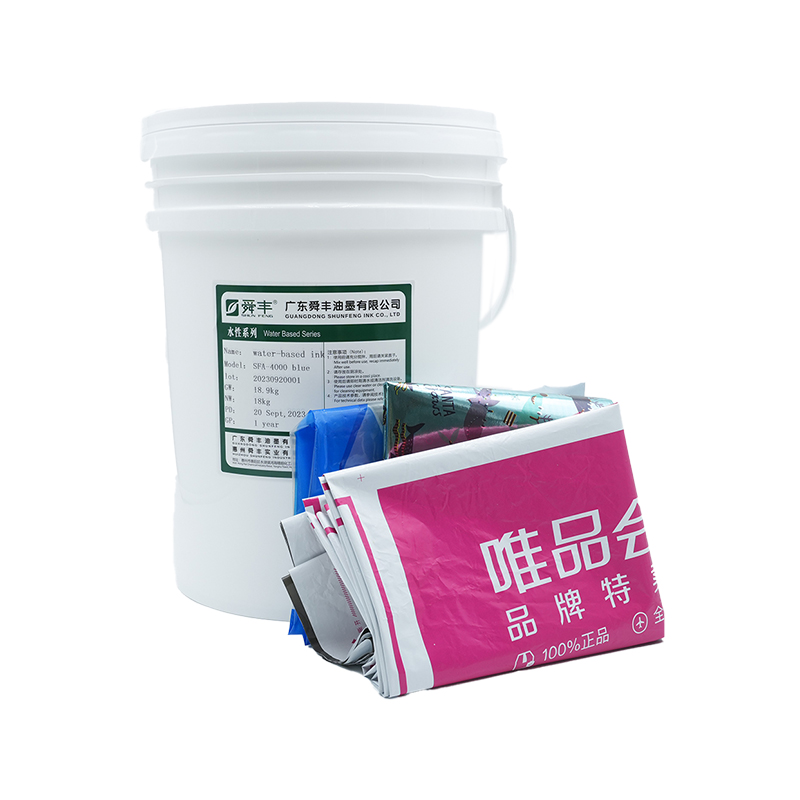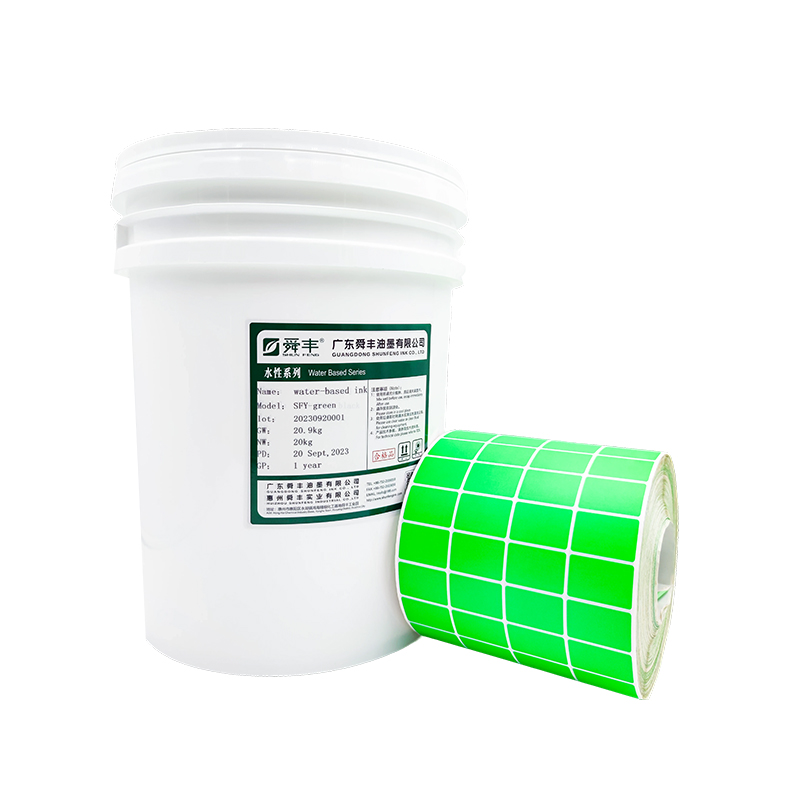How does the leveling of offset UV ink for plastic film affect the quality of printed surface?
Release Time : 2025-10-15
The leveling property of offset UV ink for plastic film is a key factor affecting printed surface quality. Essentially, it refers to the ink's ability to flow autonomously on the substrate, eliminating print marks and forming a continuous, smooth ink film. This process is governed by the intermolecular forces, surface tension, and environmental conditions, and directly determines the gloss, uniformity, and durability of the printed product.
Inadequate leveling can lead to defects such as pinholes and webs on the printed surface. When the ink's thixotropy is too high, the viscosity recovers too quickly after shear forces are removed. This lack of fluidity can cause microscopic depressions on the ink film surface, known as pinholes. These pinholes not only disrupt the continuity of the ink film but also reduce the gloss of the printed product, causing light to reflect diffusely rather than specularly. For example, in plastic film packaging printing, pinhole defects can question the sealability of food packaging or render pharmaceutical labeling unclear. Furthermore, unbalanced thixotropy can cause webs, manifesting as irregular, web-like textures on the ink film surface, seriously impacting the product's appearance.
Excessive leveling can lead to edge bleeding and image distortion. If offset UV ink for plastic film has excessive fluidity, the ink spread between parallel glass sheets will be too large, resulting in blurred edges. This phenomenon is particularly noticeable when printing fine lines or small text, making it difficult to read. For example, in ingredient labeling on cosmetics packaging, excessive leveling can cause characters to stick together, leading to consumer misreading. Furthermore, spreading at the edges of the ink film can reduce color saturation, making originally vibrant hues appear dull.
Leveling is directly related to print gloss. Ideal leveling creates a mirror-like reflective layer on the ink film surface, significantly improving the gloss of printed products. When the ink's surface tension closes microscopic pores, light is reflected uniformly from the ink film surface, creating a high-gloss effect. Conversely, ink films with poor leveling can scatter light due to surface roughness, resulting in reduced gloss. This difference is particularly critical in high-end plastic film label printing, directly impacting the product's shelf appeal.
The key to controlling leveling is the balance between thixotropy and fluidity. Thixotropy determines the rate at which ink viscosity recovers after an external force, while fluidity is quantified by the spread diameter of the ink film. The ideal thixotropic range maintains a reasonable viscosity decay rate, ensuring smooth ink transfer between rollers while preventing excessive spreading at the edges of the ink film during leveling. For example, in BOPP film printing, adjusting the thixotropic index can effectively control the drying speed of the ink film and prevent ink tack caused by excessive leveling.
The impact of environmental conditions on leveling cannot be ignored. Air humidity in the production workshop affects leveling by altering the surface charge of the ink. When humidity is too low, the charge in the air increases, causing ink flying and resulting in contamination on the ink film surface. Excessive humidity can slow the drying process and prolong leveling time. Furthermore, excessively fast printing speeds increase shear forces between rollers, reducing ink viscosity and affecting leveling uniformity. Therefore, in actual production, process parameters must be dynamically adjusted according to environmental conditions.
Modern ink technology uses various methods to optimize leveling performance. Technologies such as adding wax powder and controlling pigment particle size can effectively improve ink leveling. For example, when printing on PET film, adding polytetrafluoroethylene wax powder can reduce surface friction and enhance the gloss and texture of the ink film. Furthermore, the development of self-crosslinking water-based emulsions and thixotropic-leveling balanced offset UV inks for plastic film can optimally match the viscosity recovery half-life with the leveling time, achieving excellent leveling on PP substrates.
In practical applications, leveling must be controlled in coordination with other printing parameters. For example, in the UV curing process for plastic film, a gradient temperature curing curve is used to control the leveling process in stages to avoid ink film shrinkage caused by over-rapid curing. Furthermore, the introduction of a real-time leveling monitoring system can promptly monitor film flatness, providing data support for process adjustments. The combined application of these technologies has enabled a new level of precision in leveling control of offset UV inks for plastic film.







